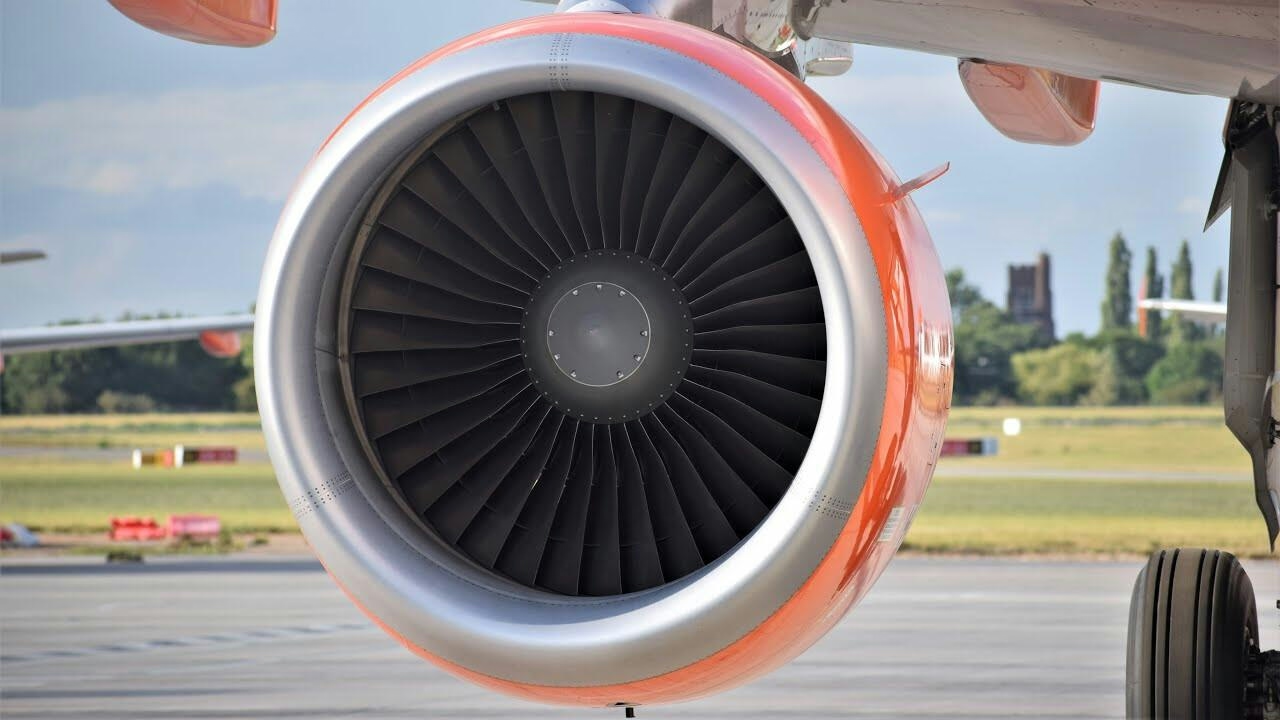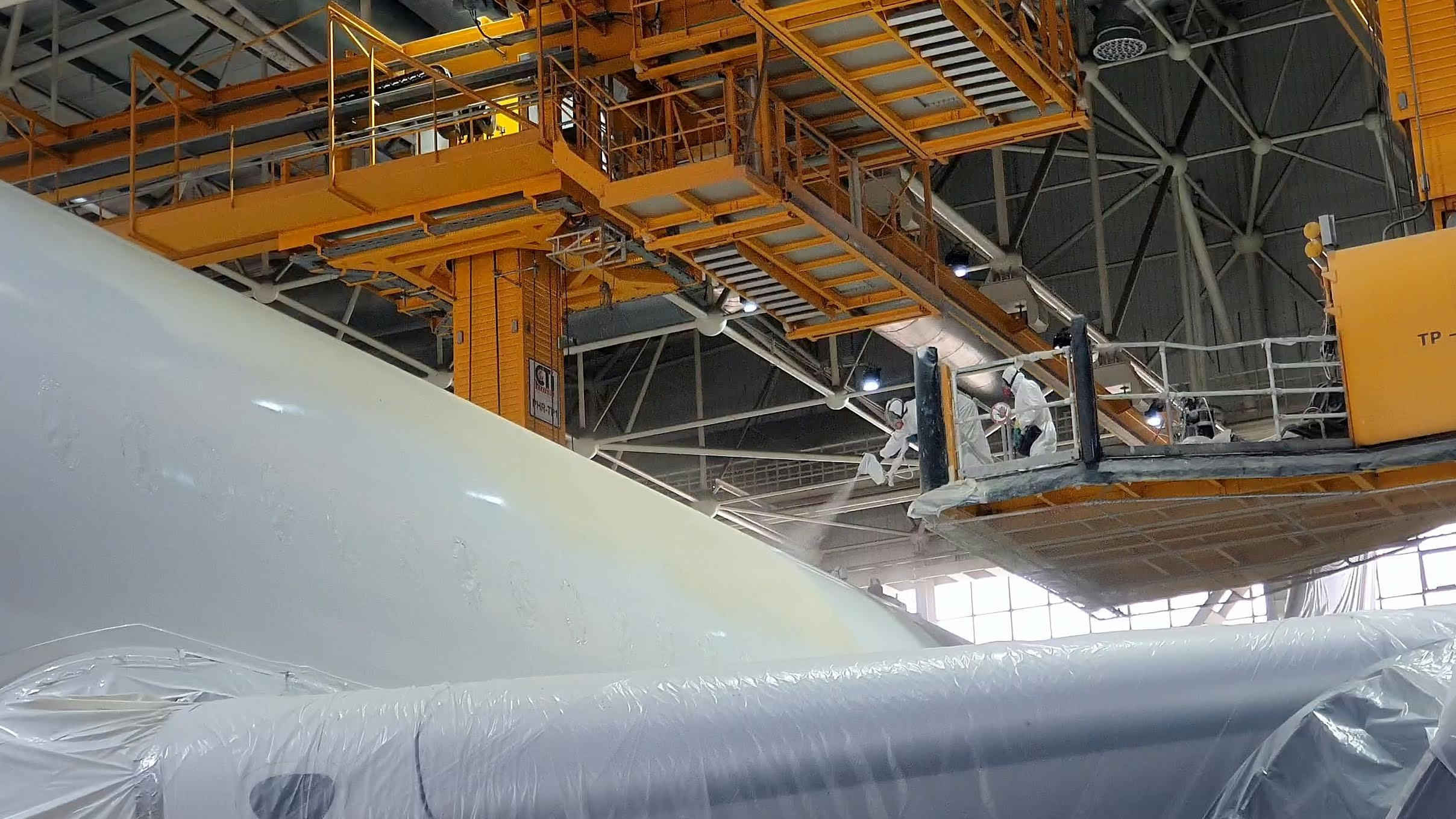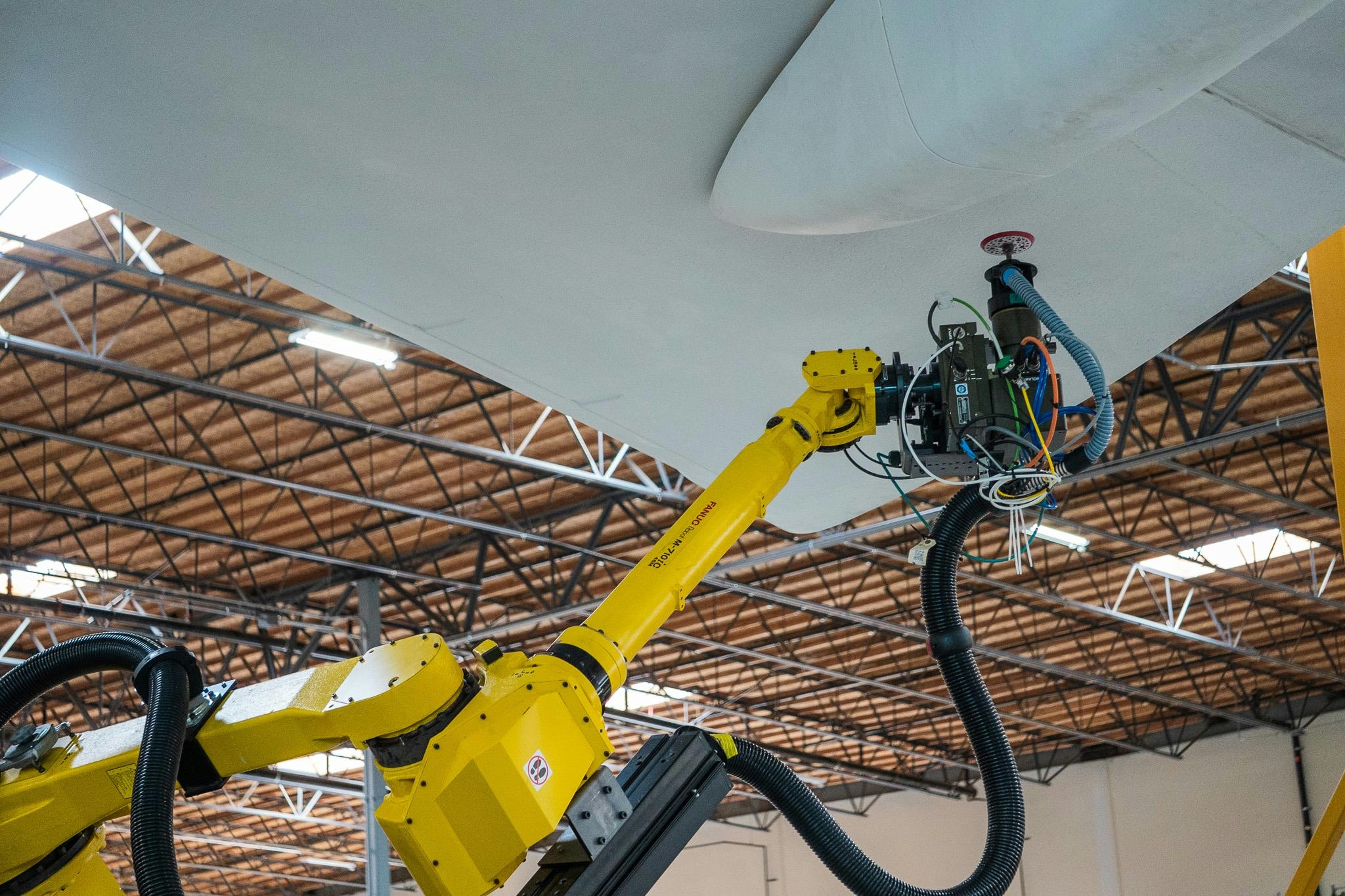
AeroGenie — Your Intelligent Copilot.
Trending
Categories
Comparing the Power of IAE V2500 and CFM56 Engines

Comparing the Power of IAE V2500 and CFM56 Engines
The IAE V2500 and CFM56 engine families represent two of the most successful and widely utilized turbofan engines in the history of commercial aviation. Developed through international collaborations, these engines have powered thousands of aircraft globally and continue to hold significant roles in both commercial and military aviation sectors.
Engine Makers and Collaborative Ventures
The IAE V2500 is the product of International Aero Engines AG, a consortium comprising Pratt & Whitney, Japanese Aero Engines Corporation, and Germany’s MTU Aero Engines. The designation “V” in V2500 reflects the five original consortium members, while “2500” denotes the initial model’s thrust rating of 25,000 pounds. Pratt & Whitney, headquartered in East Hartford, Connecticut, remains a principal contributor to the V2500’s development and production.
Conversely, the CFM56 was developed by CFM International, a joint venture between GE Aerospace (formerly General Electric) and France’s Safran (formerly Snecma). This partnership has resulted in the CFM56 becoming the most delivered engine in its class, with production exceeding 34,000 units to date.
Aircraft Applications and Performance Characteristics
The V2500 engine powers several notable aircraft, including the now-retired McDonnell Douglas MD-90, the first-generation Airbus A320 family, and the Embraer C-390 Millennium military transport. Although the Airbus A320neo has transitioned to newer engines such as the CFM International LEAP, the V2500 remains in production for military applications. The V2500-E5 variant, employed on the C-390 Millennium, delivers thrust up to 31,000 pounds. Pratt & Whitney asserts that the V2500 remains the quietest and most fuel-efficient engine option for the Airbus A320ceo family.
The CFM56 family offers a thrust range spanning from 18,500 to 34,000 pounds, depending on the specific variant. It has powered a diverse array of aircraft, including the Airbus A320ceo, Boeing 737 Classic and Next-Generation series, Boeing KC-135R Stratotanker, and Douglas DC-8-70. The CFM56-5B and -7B represent the latest production models, reflecting continuous updates since the engine’s initial run in 1974 and its entry into service during the 1980s.
Market Dynamics and Industry Challenges
Evaluating the power and market appeal of the V2500 and CFM56 extends beyond thrust ratings alone. Airlines and operators must weigh the high initial acquisition costs alongside the critical need for comprehensive maintenance, repair, and overhaul (MRO) services. Fuel efficiency and technological complexity are pivotal factors influencing market preferences, with Pratt & Whitney’s newer geared turbofan (GTF) engine currently leading in fuel economy.
Both engine families face mounting pressure from increasingly stringent emissions regulations and the aviation industry’s exploration of alternative propulsion technologies, including electrification. Recent developments highlight the continued relevance of the V2500, particularly within Pratt & Whitney’s aftermarket business, as well as Airbus’s efforts to recalibrate its supply chain to mitigate material shortages affecting engine deliveries.

American Airlines’ Plans for Artificial Intelligence

FAA Issues Airworthiness Directive for GE90 Engines After Powder Metal Contamination Found

Boom Supersonic Uses Jet Engines to Power Off-Grid AI Data Center

Flying taxis could take off this year in Florida

ASKY and TAAG Angola Airlines Establish In-House MRO Facilities to Support Fleet Expansion

Airbus to Release Audited 2025 Orders and Delivery Data on January 12

Biman Bangladesh Selects Boeing for New Aircraft Order

Amazon Cancels Italian Drone Delivery Plans Days Before Launch, Setback for U-space

Lufthansa Celebrates 100 Years of Aviation Innovation
